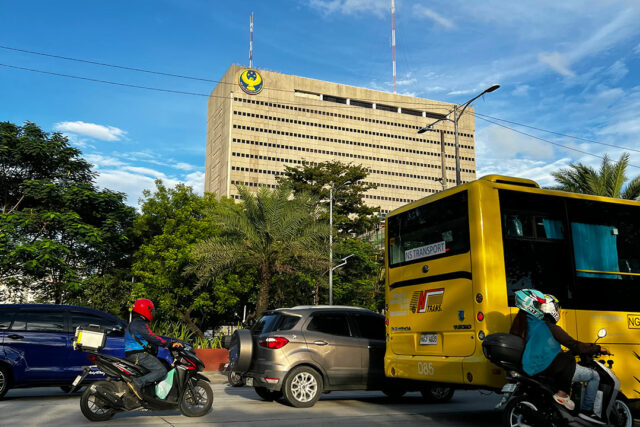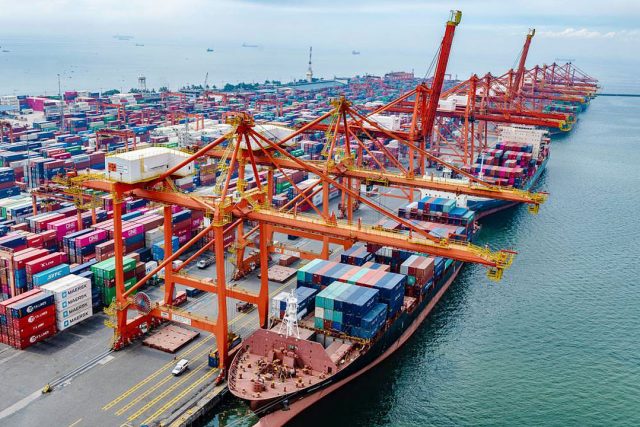IN BRIEF:
• From streamlining communications with taxpayers to leveraging AI for high-impact decision-making, AI can revolutionize the Philippines tax landscape.
• Automation in tax processes, aided by bots, has been introduced to streamline routine tasks such as collating voluminous data from systems for tax return preparation.
• Although AI is set to usher in more efficient tax administration and effective tax policy and planning, it also comes with its own set of challenges and risks.
Artificial intelligence (AI) comes up as a common topic in formal conversations at work and informal talks with friends, family members, and even conversations with strangers. It is also rapidly being integrated into various aspects of business operations, including tax.
From streamlining communications with taxpayers to aiding high-impact decision-making, AI can revolutionize the Philippines tax landscape. This article will dive into what AI has already transformed — and has yet to transform — with respect to how tax is practiced and how tax will be administered.
AI IN TAX ADMINISTRATION
In 2023, the Organisation for Economic Co-operation and Development (OECD) found that more than 80% of tax administrations report using or implementing AI for future use of leading-edge technology. This is also mirrored globally, with CEOs increasingly embracing AI. According to a survey conducted by EY involving 1,200 CEOs worldwide, 43% have fully integrated AI-driven products and services and are actively investing in them, while another 45% plan to do so within the next 12 months.
In the Philippines, the Bureau of Internal Revenue (BIR) has introduced AI advancements such as the AI-driven chatbot Revie. Revie serves as an Interactive Taxpayer Assistant, addressing general inquiries, finding RDOs, and handling Taxpayer Identification Number (TIN) inquiries, eComplaints, and eAppointments. This innovation allows taxpayers to quickly access information that previously required visiting the BIR tax office or enduring long queues for appointments. This technology application leads to an enhanced taxpayer experience and makes tax information accessible to all 24/7 without imposing an additional burden to current BIR personnel.
AI is not only being utilized by the BIR but is also adopted by taxpayers. Automation in tax processes, aided by bots, has been introduced to streamline routine tasks such as collating voluminous data from systems for tax return preparation. This automation saves time, improves efficiency by reducing human error, and allows taxpayers to focus their resources on utilizing available information to produce better insights for decision-making and planning.
AI IN TAX POLICY AND PLANNING
With the ongoing Digital Transformation (DX) Program of the BIR, it is expected that the data obtained from taxpayer filings and remittances will be utilized to optimize reporting and analytics. With the continuous accumulation of data, the BIR will also create a data warehouse aimed at viewing taxpayers holistically which may change how tax policy is crafted in the future.
Moreover, to align with future international standards, the BIR is expected to further utilize AI to maximize the data collected from taxpayers, thereby making more informed tax policy decisions.
CHALLENGES AND RISKS
AI holds great potential, and with proper attention and caution, it can be a futurist tool. It is set to usher in more efficient tax administration and effective tax policy and planning, leading to better service to taxpayers and better compliance with tax law. However, it also comes with its own set of challenges and risks.
DATA PRIVACY AND SECURITY
AI is only as good as the data used, highlighting the need to address concerns about potential data breaches. Sensitive taxpayer information must be secured against being leaked to the public or, worse yet, used to commit cybercrimes. Both businesses and tax authorities employing AI must implement proper measures to ensure the data are thoroughly protected and the management of such data complies with the applicable laws and regulations.
TRANSPARENCY AND ACCOUNTABILITY
Transparency and accountability in an AI-driven tax system will be necessary to foster taxpayer confidence in the adoption of these technologies. AI-driven tax systems can provide improved fairness and efficiency by addressing bias, ensuring transparency, and enforcing accountability, benefiting taxpayers as well as tax authorities.
TECHNOLOGICAL AND IMPLEMENTATION CHALLENGES
There is a significant challenge in blending our existing tax infrastructure, either with businesses or the present framework of the BIR, with contemporary AI technologies. There are several important issues that need to be confronted:
System viability: Integrating AI into established tax programs and data may need extensive revisions to current systems and will incur further costs.
Data integration: Data integration can be a difficult process because data come from multiple sources and are not always standardized. This necessitates extensive data cleaning and standardization.
Scalability: AI solutions need to be scalable in order to handle the expanding volume of tax data and the increasing complexity of tax regulations.
These are just some things that must be considered as AI starts to impact the tax landscape.
TRANSFORMING BUSINESSES AND THE TAX FUNCTION
Thanks to rapid advances in AI technology, the tax function has changed considerably and continues to evolve. At least a dozen advancements in AI have the potential to transform the way taxes are done by delivering new solutions to improve efficiency, accuracy, and compliance.
With the use of Generative AI, there are greater potential opportunities and capabilities to develop more transformative AI applications, as large language models are powered by advanced machine learning models that can comprehend and produce human language. This, in turn, allows taxpayers to build a better tax function that is intelligent and generates value and insights for the company.
AI is here to stay and is poised to transform the tax function, to adapt with the expected changes in the tax administration, and policy making. This presents both a challenge and an opportunity for tax professionals, who need to embrace this technological advancement to enhance efficiency, accuracy, and strategic capabilities, ultimately driving better and insightful outputs to keep up with this evolution.
This article is for general information only and is not a substitute for professional advice where the facts and circumstances warrant. The views and opinions expressed above are those of the authors and do not necessarily represent the views of SGV & Co.
Danielle Irma D. Arellano and Jan Kriezl M. Catipay are tax senior managers of SGV & Co.












